Home


Splitters and Taps
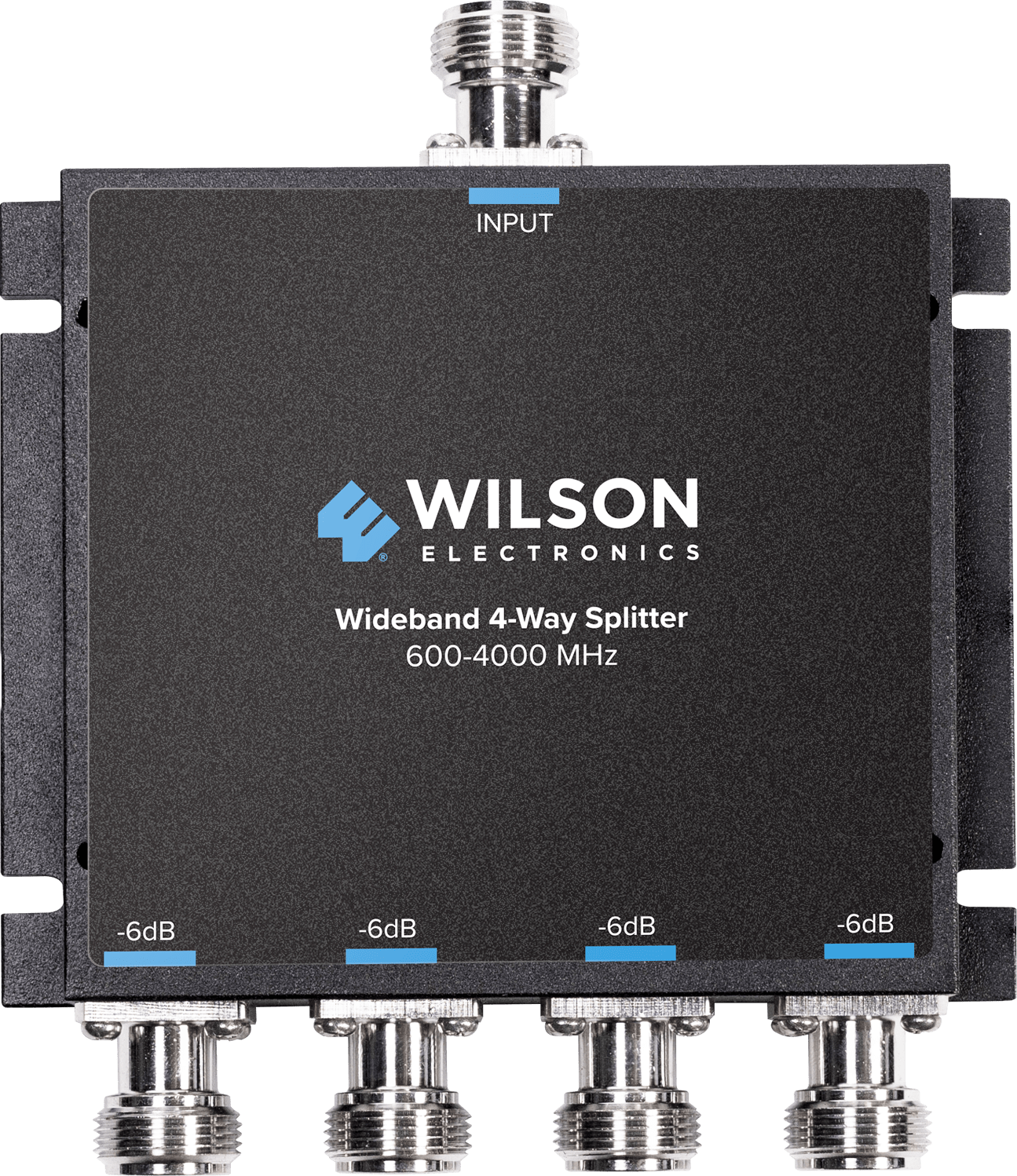
-6 dB 4-Way Splitter 600-4,000 MHz (50 Ohm)
SKU: 859117
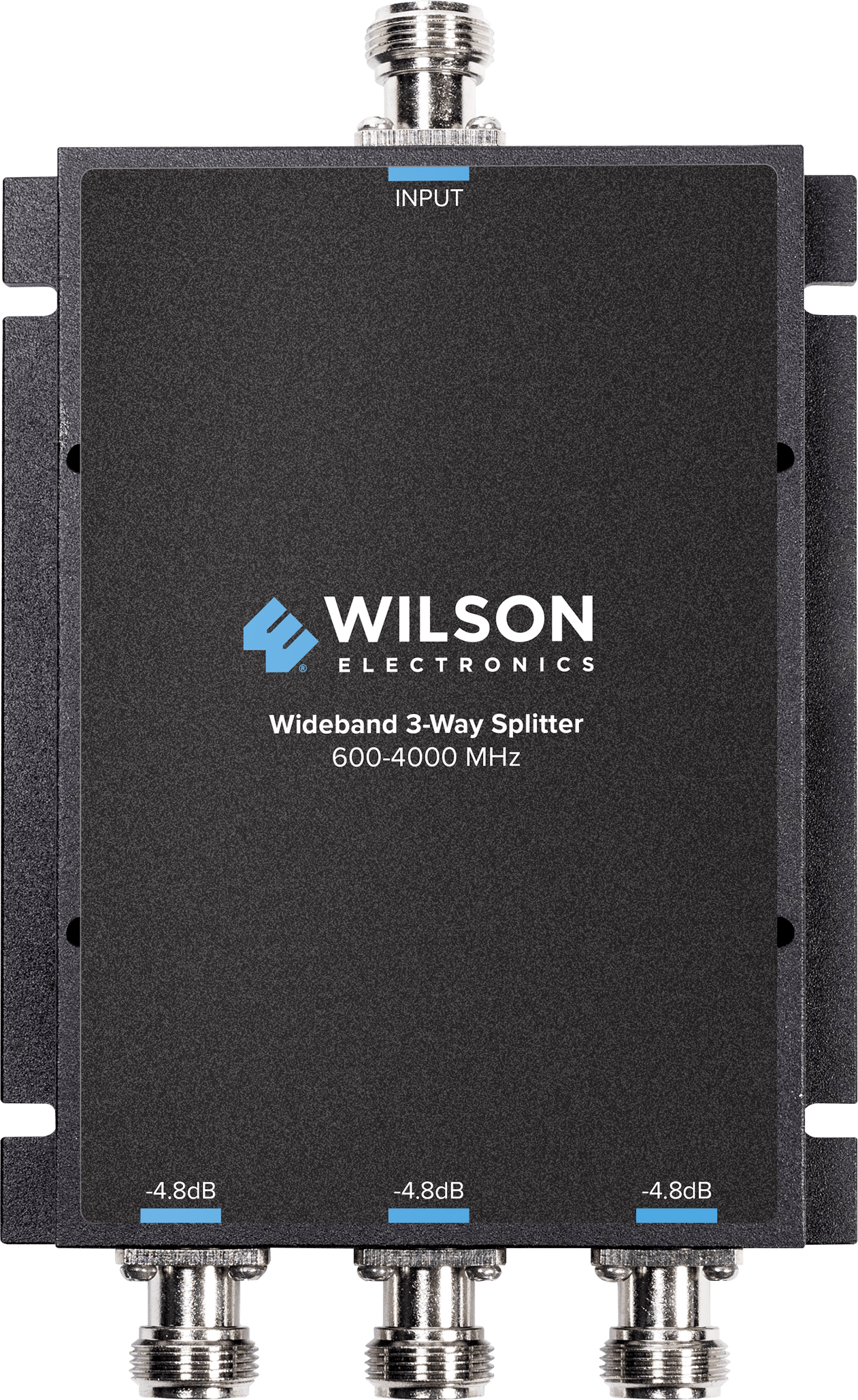
-4.8 dB 3-Way Splitter 600-4,000 MHz (50 Ohm)
SKU: 859112
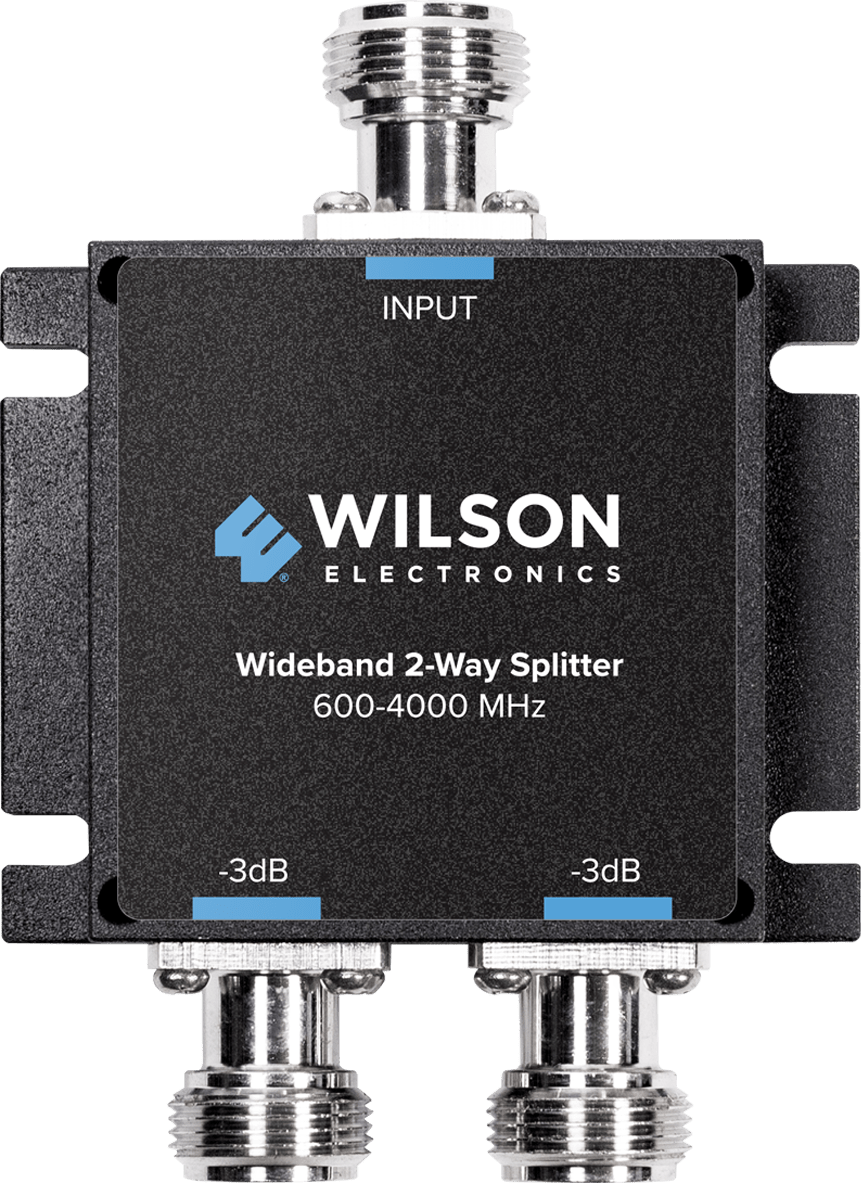
-3dB 2-way Splitter 600-4,000 MHz (50 Ohm)
SKU: 859105

-10 dB Tap 600-4,000 MHz (50 Ohm)
SKU: 859119

-7 dB Tap 600-4,000 MHz (50 Ohm)
SKU: 859120
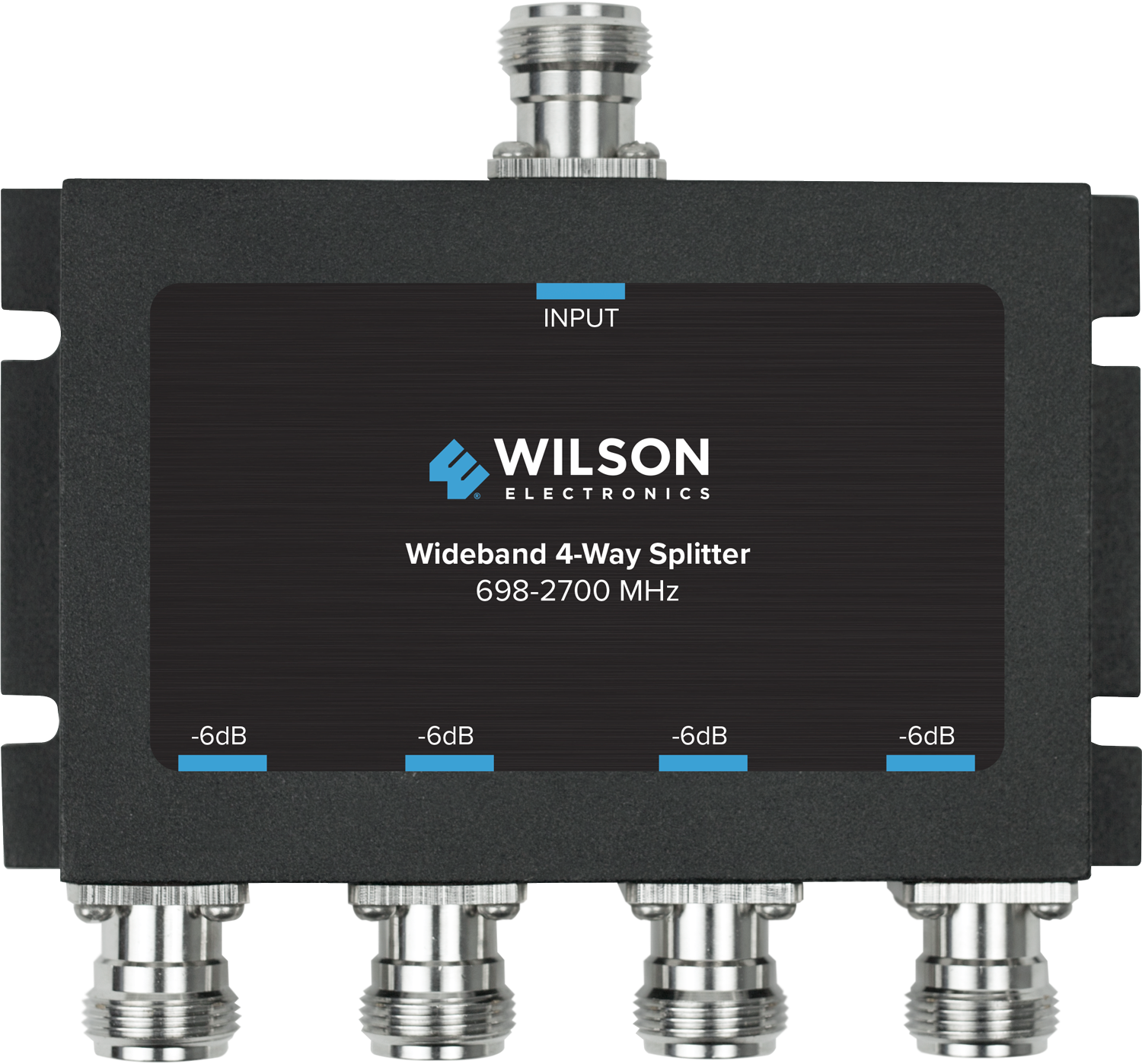
Splitter -6 dB 4 Way (50 Ohm)
SKU: 859981

Tap -7 dB (N-Female)
SKU: 859114

Splitter -3 dB 2 Way (50 Ohm)
SKU: 859957

Tap -10 dB (N-Female)
SKU: 859907
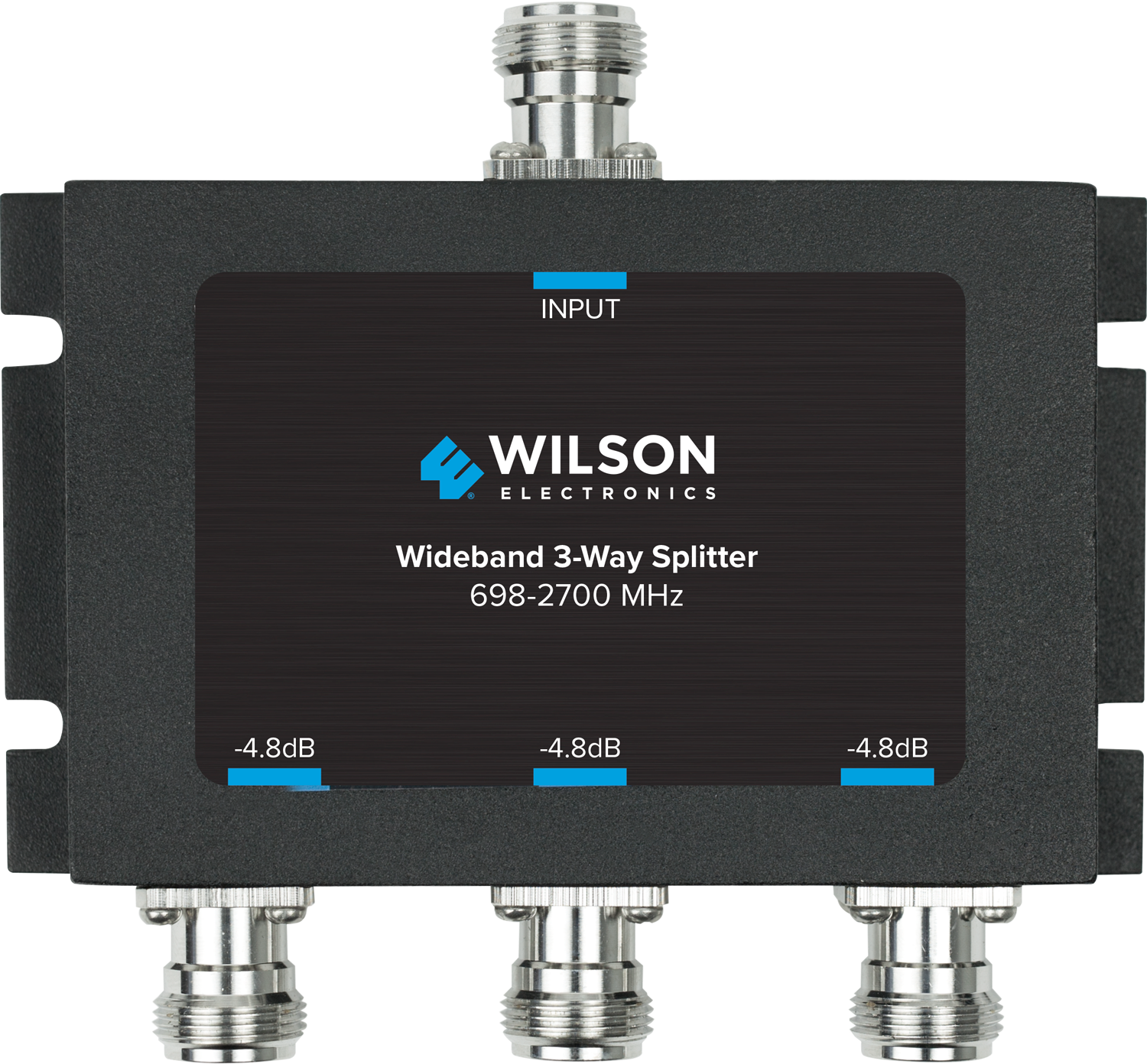
Splitter -4.8 dB 3 Way (50 Ohm)
SKU: 859980
Count On WilsonPro
The WilsonPro reliable support team goes above and beyond to find the best solution for every client, every time.
Carriers' Preferred Choice
When carrier networks need strengthened signal for their customers, they turn to the experts at WilsonPro.
Learn More >The 5-Year Guarantee
We back up every product we make with an included manufacturer's warranty and money-back guarantee.
Learn More >Superior Customer Support
From sales to reviews, our US team of experts are happy to help you through every step of the process.
Learn More >Frequently Asked Questions About Splitters and Taps
When is it best to use splitters in a cellular repeater system install?
Repeater system installers use splitters to divide signal between multiple antennas. They make it possible to split the amplified signal with minimum signal loss. Splitters divide the signal equally between each port to provide an equal amount of signal to each run. Use a conventional splitter when coving two areas that are similar in size.
When is it best to use taps in a cellular repeater system install?
Taps are also used to divide signal between antennas. Unlike a conventional splitter, a tap does not split the signal equally. Instead more signal is sent down one side than the other. Use a tap when covering two areas that are different in size.

